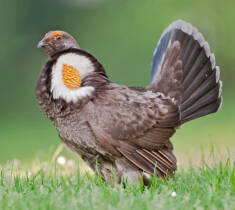
Dendragapus fuliginosus
Dendragapus fuliginosus,Sooty Grouse
The Sooty Grouse (Dendragapus fuliginosu) is a relatively large grouse with ···
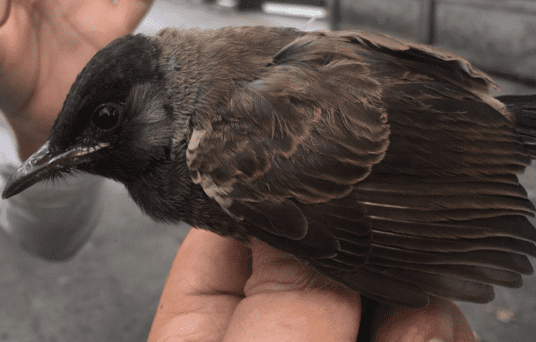
Ortalis wagleri
Ortalis wagleri,Rufous-bellied Chachalaca
Ortalis wagleri, Rufous bellied Chachalaca, eats banana fruits, coffee berri···
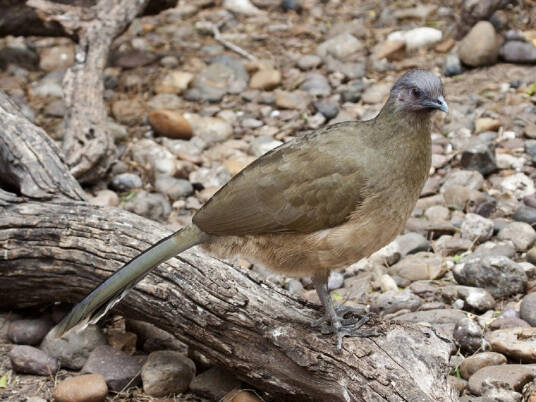
Ortalis vetula
Ortalis vetula,Plain Chachalaca
The Plain Chachalaca, Ortalis vetula, eats banana fruits, coffee berries, an···
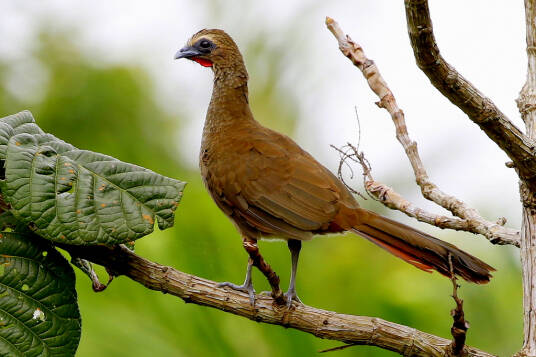
Ortalis superciliaris
Ortalis superciliaris,Buff-browed Chachalaca
Ortalis superciliaris, or Buff-browed Chachalaca, feeds mainly on banana fru···
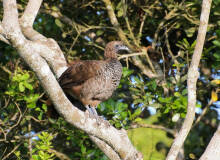
Ortalis squamata
Ortalis squamata,Scaled Chachalaca
Scaled Chachalaca (Ortalis squamata), no subspecies.Like other pheasants of ···
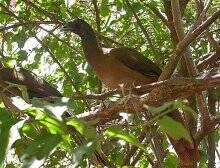
Ortalis ruficauda
Ortalis ruficauda,Rufous-vented Chachalaca
The juvenile Crested pheasant (Ortalis ruficauda) is Rufous-vented Chachalac···
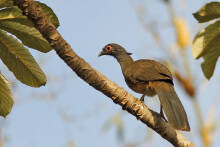
Ortalis poliocephala
Ortalis poliocephala,West Mexican Chachalaca
Ortalis poliocephala, also known as West Mexican Chachalaca, eats banana fru···
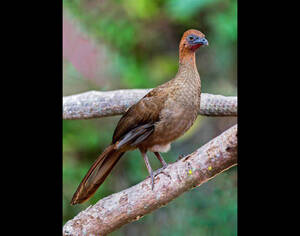
Ortalis motmot
Ortalis motmot,White-bellied Chachalaca
Ortalis motmot, or White-bellied Chachalaca, feeds mainly on banana fruits, ···
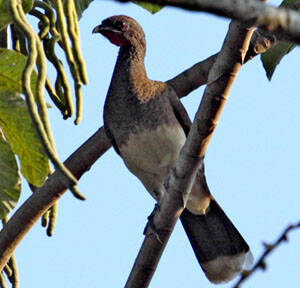
Ortalis leucogastra
Ortalis leucogastra,White-bellied Chachalaca
Ortalis leucogastra, or White-bellied Chachalaca, feeds mainly on banana fru···
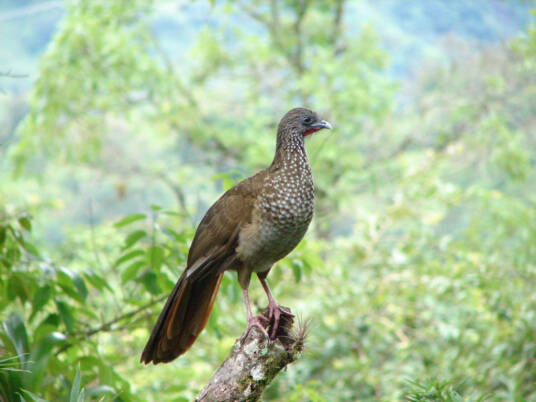
Ortalis guttata
Ortalis guttata,Speckled Chachalaca
The pheasant Ortalis guttata, or Speckled Chachalaca, feeds mainly on banana···
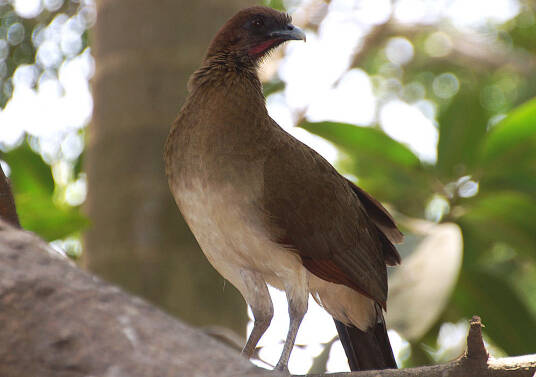
Ortalis garrula
Ortalis garrula,Cheatnut-winged Chachalaca
Ortalis garrula (scientific name Ortalis garrula) and Cheatnut-winged Chacha···

Ortalis erythroptera
Ortalis erythroptera,Rufous-headed Chachalaca
Brown crested pheasant (Ortalis erythroptera) Rufous-headed Chachalaca, no s···
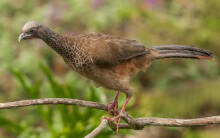
Ortalis columbiana
Ortalis columbiana,Colombian Chachalaca
The Colombian crested pheasant (Ortalis columbiana) has no subspecies Colomb···
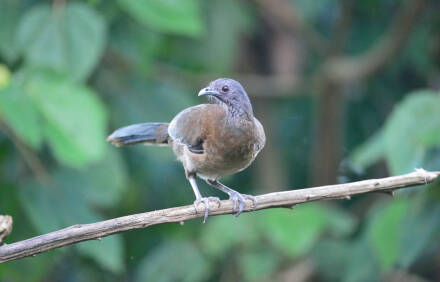
Ortalis cinereiceps
Ortalis cinereiceps,Grey-headed Chachalaca
The crested pheasant is called Ortalis cinereiceps in Latin and Grey-headed ···
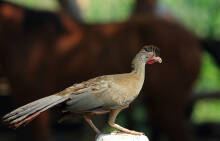
Ortalis canicollis
Ortalis canicollis,Chaco Chachalaca
Ortalis canicollis, or Chaco Chachalaca, feeds mainly on banana fruits, coff···
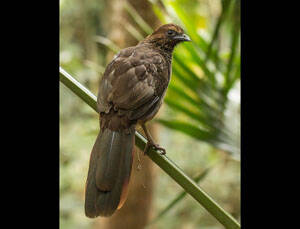
Ortalis araucuan
Ortalis araucuan,East Brazilian Chachalaca
Eastern Brazilian Chachalaca (Ortalis araucuan), no subspecies.The Brazilian···
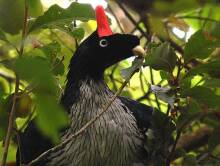
Horned Guan
Horned Guan,Oreophasis derbianus
Some experts believe that the Horned Crested pheasant (Oreophasis derbianus)···
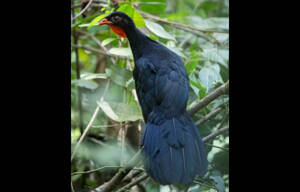
Highland Guan
Highland Guan,Penelopina nigra
Highland Guan (Penelopina nigra), no subspecies.Crested pheasants spend a lo···
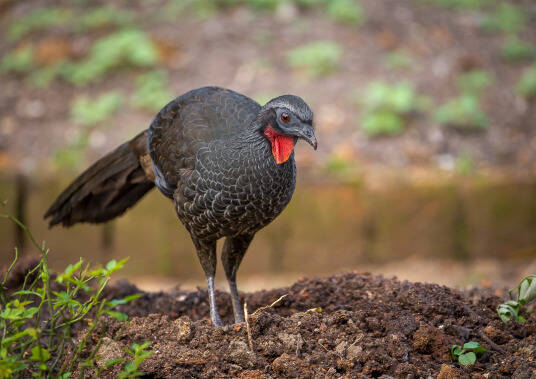
Penelope superciliaris
Penelope superciliaris,Rusty-margined Guan
Its scientific name is Penelope superciliaris, and its foreign name is Rusty···
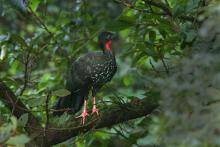
Penelope purpurascens
Penelope purpurascens,Crested Guan
Penelope purpurascens, Crested Guan, likes to live in groups. Most of the ti···
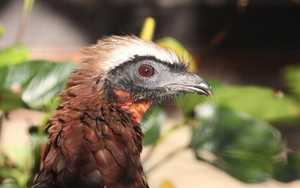
Penelope pileata
Penelope pileata,White-crested Guan
The pheasant's scientific name is Penelope pileata, and its foreign name···
